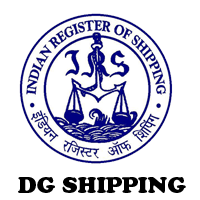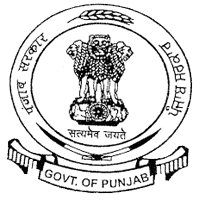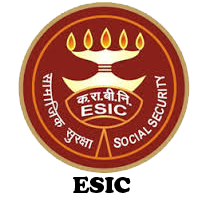SPECTACLE REMOVAL SURGERY AT RANA HOSPITAL
Doing Away with Refractive Errors
Vision disorders escalate as we grow due to a number of reasons like; increased computer use, over-watching TV, or accidents and injuries. Usually, effective vision depends on the ability of the light rays are cast onto the Retina by the cornea, pupil, and the lens. The Retina is a light-sensitive tissue lining found at the back end of the eye. The Retina’s efficacy aids in converting the light rays into impulses that are sent to the brain through the optic nerve, thereby giving an individual the actual image or object indicated.
Normally, age or injuries may cause shape abnormalities (cornea) hence leading to refractive errors (blurry or poor vision). This will require a Spectacle Removal Surgery in India for one to achieve normal vision.
Examples of Refractive Errors
Refractive errors are simply described as eye disorders that lead poor vision. They include;
- Farsightedness (Hyperopia)
- Nearsightedness (Myopia)
- Astigmatism
- Presbyopia
Refractive Eye Surgeries
Though refractive eye surgeries are not for everyone, but the procedures can eliminate or reduce one’s dependency on contact lenses and eyeglasses. There are various types of corrective surgical procedures, but the most common one is known as Laser assisted in situ Keratomileusis (LASIK). A diagnostic procedure at an advanced eye treatment centre can help a patient know his or her eligibility for the procedure.
What is Laser assisted in situ Keratomileusis (LASIK).
Optical distortions are normally measured by the eye specialist before the procedure. Laser assisted in situ Keratomileusis, is usually used to correct nearsightedness in which one requires much attention and focus to achieve proper vision due to blurriness.
During the surgery, an excimer laser is used to correct the shape of the retina. The modern technology (Lasik) is more precise and helps a patient achieve a better vision.
The Procedure of Laser assisted in situ Keratomileusis
Myopic patients have either of the two following eye disorders;
- A too-Steep Cornea Or
- Long eye
With that, the light rays entering the eye come into focus before reaching or hitting the retina and this causes blurry vision. To correct this, a computer-assisted excimer laser along with a microkeratome are used to cut a flap in the middle of the cornea.
A thin layer of tissue is then removed, thereby flattening the cornea and reducing the effect of the refractive error. The corneal flap is restored within a few minutes after the Spectacle Removal Surgery in India.
What are the Side Effects of the Procedure
Just like any other surgery, this restoration eye procedure has several side effects that include;
- Eye Discomfort
- Dry eyes (short period)
- Infection
- Ineffectiveness or failure
- Irregular astigmatism
- Inability to wear contact lenses after or even in the future
- Glare
- Permanent loss of the Corneal flap
Other Corrective Surgical Procedures
- Radial Keratotomy
- Astigmatic Keratotomy
- Laser Thermal Keratoplasty
- Photo refractive Keratoplasty
- Intacts (Intracorneal ring)
- Automated lamellar Keratoplasty
- Conductive Keratoplasty
Success Rate with Spectacle Removal Surgeries
Patients are able to obtain 20/20 after spectacle removal surgeries, but various factors also matter;
The type of eye and severity of eye disorder.
The techniques at the eye Hospital.
Specialist’s expertise.







